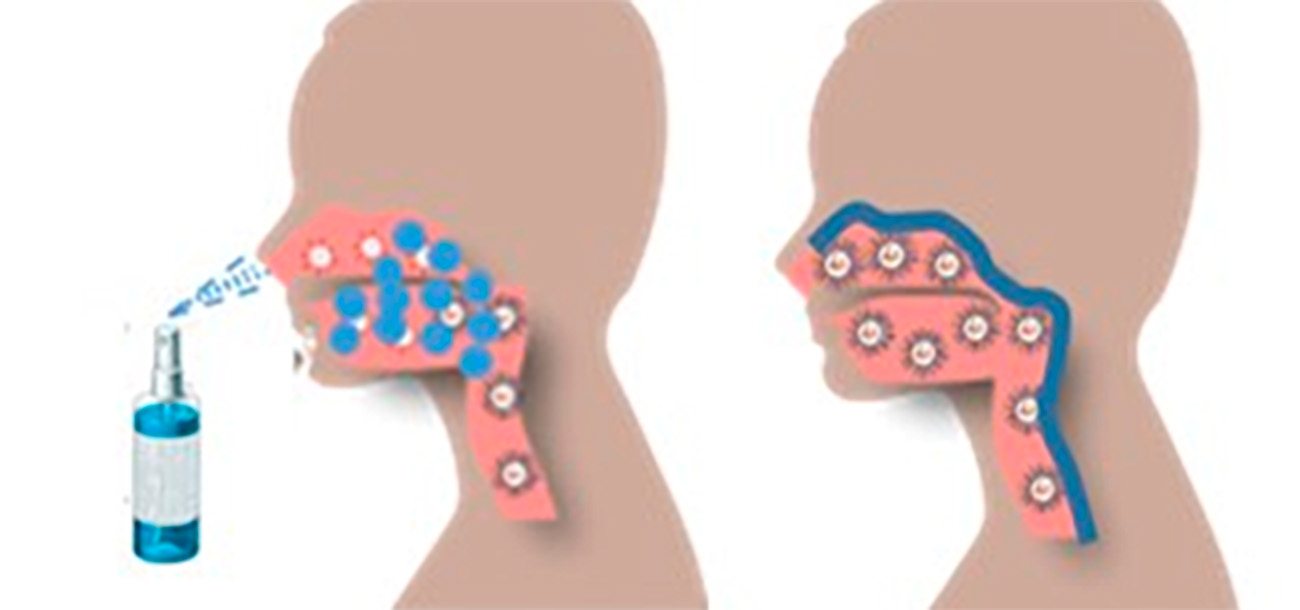
- Stage of development
-
In vivo efficacy proved in mice
- Intellectual property
-
Patent application filed in USA and EP
- Intended collaboration
-
Licensing and/or co-development
- Contact
-
Patricia ThomasVice-presidency for Innovation and Transferpatricia.thomas@csic.escomercializacion@csic.es
- Reference
-
CSIC/PT/051
Additional information
#Health
#Therapy
#Drug delivery
#Infectious disease
Nasal spray with antiviral activity
Novel polysaccharides that are effective in treatment and prevention of viral infections. These compounds are mimics of heparan sulfates present in cells. They act as decoy trap preventing the virus from adhering to epithelial cells, thus slowing down the process of infection.
- Market need
-
The pandemic situation occurred in late 2019 around the world revealed the need for a non-invasive, easy-to-use, broad-spectrum antiviral to help prevent and treat a wide range of respiratory viruses. However, few such antivirals have been identified.
To this end, the development of antiviral drugs based on infection mechanisms that are commonly used by viruses would be very useful. Many viruses have evolved to use the heparan sulfates present on the surface of host cells as an attachment site before entering the cell.
- Proposed solution
-
The compounds are heparan sulfate mimics that act coating the viral particles preventing their binding to cell surface. They are promising for the treatment of a wide variety of virus infections. They are effective in prevention and treatment of infection caused by SARS-CoV-2. In vivo experiments in mice showed that these compounds significantly reduced the viral load in animals infected with this virus, not being detectable in animals treated with the new compounds prior to infection.
Promising results have also been obtained for the treatment of respiratory syncytial virus (RSV). This could be a milestone in the development of a new generation of broad-spectrum antivirals for the prevention and treatment of respiratory diseases.
- Competitive advantages
-
- Non-toxic. Biodistribution studies after nasal administration indicate that they do not penetrate mucosa and are eliminated by passing through the gastrointestinal tract.
- The intended administration as nasal spray is easy, rapid and non-invasive.
- A wide variety of respiratory viruses such as RSV, SARS-CoV-2, common cold or Influenza could be treated.